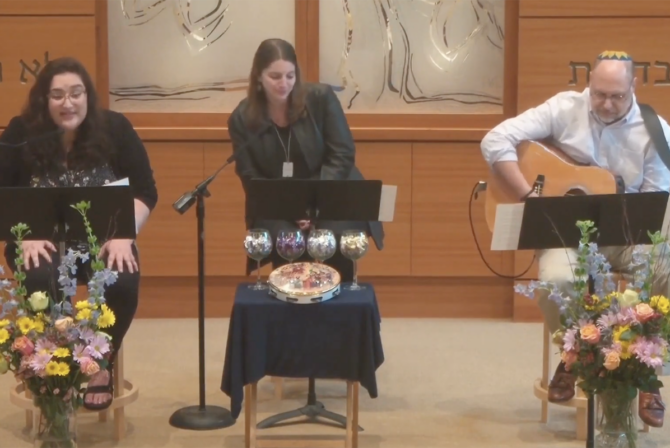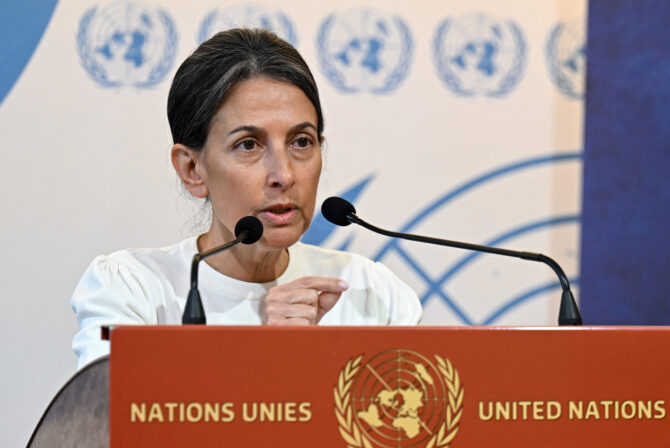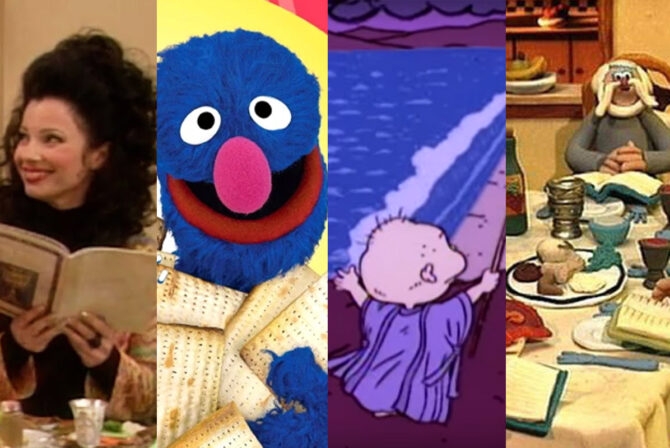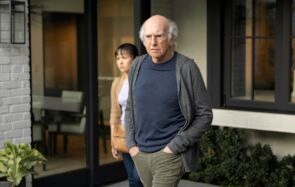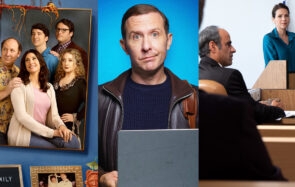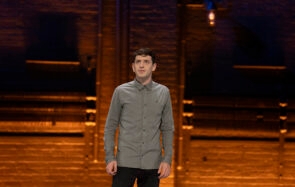Four years ago, my older son was almost 3 and that summer, I let him watch TV for the first time. He got to watch two things: a video from our midwife’s office called “The Birth Train,” which helped him prepare for the home birth of his baby brother, and The Olympics. Now that he is almost 7 and my younger son is almost 4, we are happily watching as much of the Olympics as we can. Our sons call the Olympics the “Plink Plinks” because that’s how my older son pronounced it four years ago. We fast-forward commercials because we don’t like our boys watching commercials (and most of them scare my little guy), and we keep the remote close by, since, for example, the 40 foot Voldemort scared my little guy and I think my husband a little bit, too.
Why Do We Watch?
I see the Olympics as a wonderful opportunity to explore the physical, cultural, sociological, and political aspects of our world. Here’s why:
As a sports-loving person who is married to a sports-loving person, I want to teach my boys about sports. It’s a great opportunity to discuss what it means to train, to commit to an activity, to win and to lose. I use watching sports as an opportunity to discuss technique of athletes, rules of each sport and competition, and to also draw out my boys’ interest in athletics and a healthy sense of competition in general.
Another reason we watch is the following: for small people (and even many big people), the world is the space around you. Your city, your home; maybe a notion of your country. But how often do we and our children get the opportunity to see a representation of every country in the world (pretty much) in one place? It gives us the opportunity to talk about different colors, shapes, sizes, and religions of people. We talk about why some countries have women with their heads covered, and how some countries have athletes who are fasting for Ramadan and have had to make religious decisions because of their being athletes. We talk about what it means to have countries like Iraq and Afghanistan and Iran marching and receiving respect and applause even though many countries are engaged in complicated relations with them. And yes, we talk about why several Arab countries’ athletes are refusing to share training space with Israeli athletes and what that means.
Diversity
The Olympics are also an opportunity for a great conversation about diversity in general. British gymnast Louis Smith (who I am sort of fascinated by right now) has facial hair, piercings, tattoos, and a very unconventional “look” for an Olympian, especially a gymnast. He’s also 5’10” which is gigantic by gymnast standards. And he totally KILLED on the pommel horse in the qualifying.
The Paralympics is an amazing thing. It opens up a set of very interesting conversations with our kids (in an age appropriate way) about challenges and struggles and dreams. We point out that every body is worth our respect, and every person with challenges is worthy of our time and attention.
The Opening Ceremony and Parade of Nations
The opening ceremony was pretty much utterly confusing and confounding to me plot- and execution-wise, but it was so amazing to see 65,000 people and all of those fireworks and Muhammad Ali made me cry and it was just so beautiful. I want to raise kids whose eyes light up from these kinds of spectacles. I want them to be amazed by the raising of flags and the lights and the people and the music and the emotion. We all watched together and it felt like something I want them to remember as they grow up. We watch the Olympics together.
 Here are my Parade of Nations highlights:
Here are my Parade of Nations highlights:
1. Did anyone else notice that the United States female athletes wore tznius-length full skirts as our formal marching clothes? Adorable. Thank you, Ralph Lauren, for designing such classic and classy outfits for our team!
2. The French manage to make even a plain navy blazer, white pants, and a blue tie look awesome. So stylish.
3. I try not to discuss politics here, but I got kind of emotional when the Palestinian athletes came onto the field. I don’t think they have ever been acknowledged as a country in the Olympics before, and to see that gave me hope for a world of peace, even if that world may be far away.
In Closing
40 years ago, terrorists from Black September took 11 Israeli athletes and coaches hostage and then murdered them in an horrific and excruciating massacre, against the spirit of the Olympics and global decency. The film “Munich” by Stephen Spielberg is a portrayal of the events of the massacre and the retaliation and unfolding of events after. I recommend it highly.
The International Olympic Committee (IOC) has refused requests to formally recognize this massacre at the Olympics and I participated in petitions and a campaign to have it recognized this year. Our pleas were not realized, but hopefully there will be some private acknowledgment.
I mention this not to be a downer, but to point out that the Olympics can and should be an opportunity for peace. And I hope that the families of those massacred can find peace this year somehow.
Enjoy the sport, the spectacle, and the exquisite opportunities that the Olympics present all of us with.
—
Correction: An earlier version of this post misidentified Shahar Zubari, the Israeli windsurfer who carried the flag for Israel in the opening ceremonies, as Arab-Israeli.

